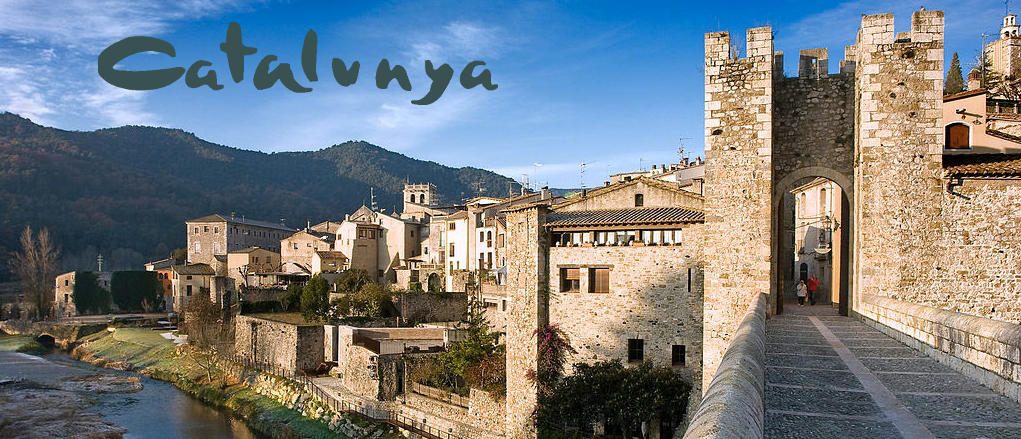The Romans arrived In Tarraco (now Tarragona) In the 2nd century BC. It became a major and very rich city, the capital of Roman Hispania. Ancient Roman Tarraco is World Heritage with 14 protected sites – we set out to explore them over 3 days.

Roman aqueduct built BC, 250 m long and 27 m high, brought water to the city

The 2nd century AD amphitheatre could hold 15,000 spectators

6th century Visigoth basilica built in the amphitheatre, replaced by the mediaeval Santa Maria del Miracle
Note the 1st century marble funerary pillar (in the wall corner) reused in the 12th century church

Varied tombs in the early Christian cemetery (3rd – 5th century) of Tarraco

Roman Walls from 2nd century BC 6 m high, 4 m thick and 3 km long

Most of the streets in Tarraco were paved and 6 m wide

In the National Archaeological Museum of Tarragona

Part of the Roman Provincial Forum – became a convent then a grain storage

Medieval tower in front, Roman tower refurbished as a royal residence behind

Only a small corner of the 30,000 spectator Roman Circus remains

Tarragona Cathedral was built over a Roman temple in the 12th century

Gothic arches built in the 14th century to house the town market outside the Cathedral

Not Roman!

La Casa de la Festa preserves elements of the Festival of Santa Tecla
These Moorish “Giants” were built in 1851

“Big Heads” of Ethiopian slaves + local fisherman and wife

Went for ONE drink, but the Casa del Vermut is €5 per person not per drink so …
A little sad to be leaving Catalunya but we’ll be back
